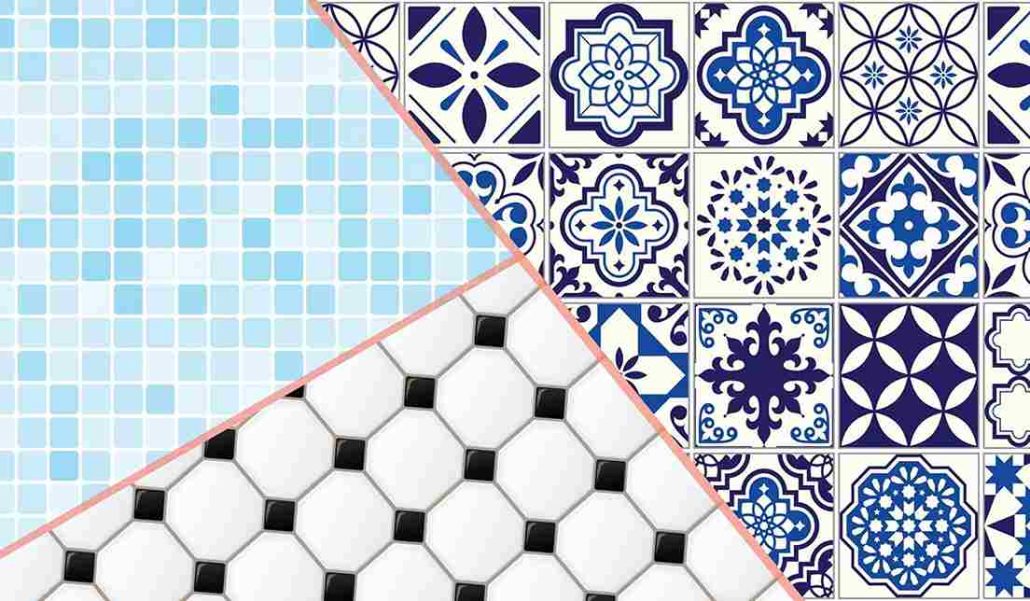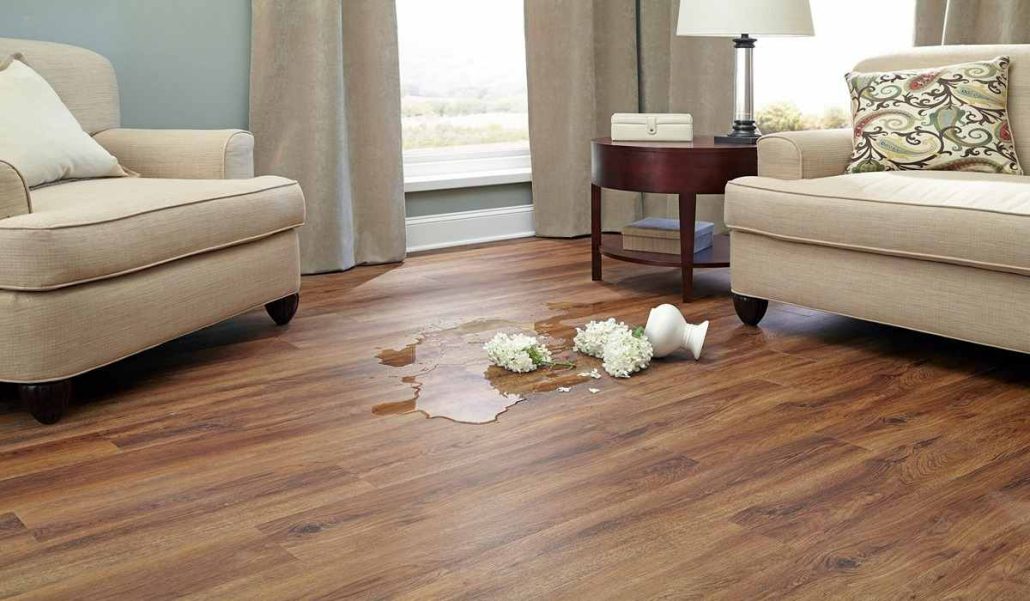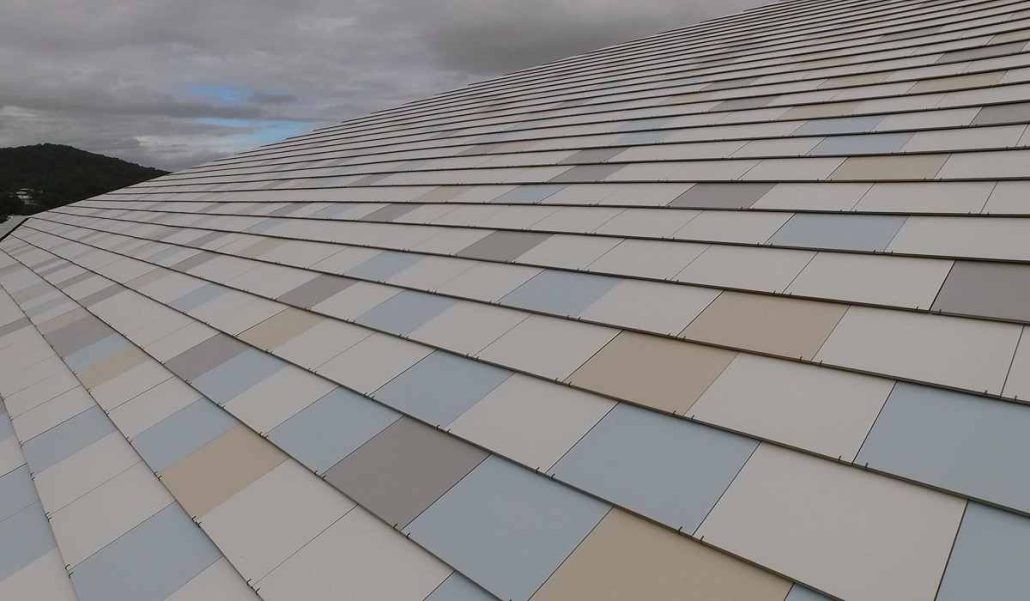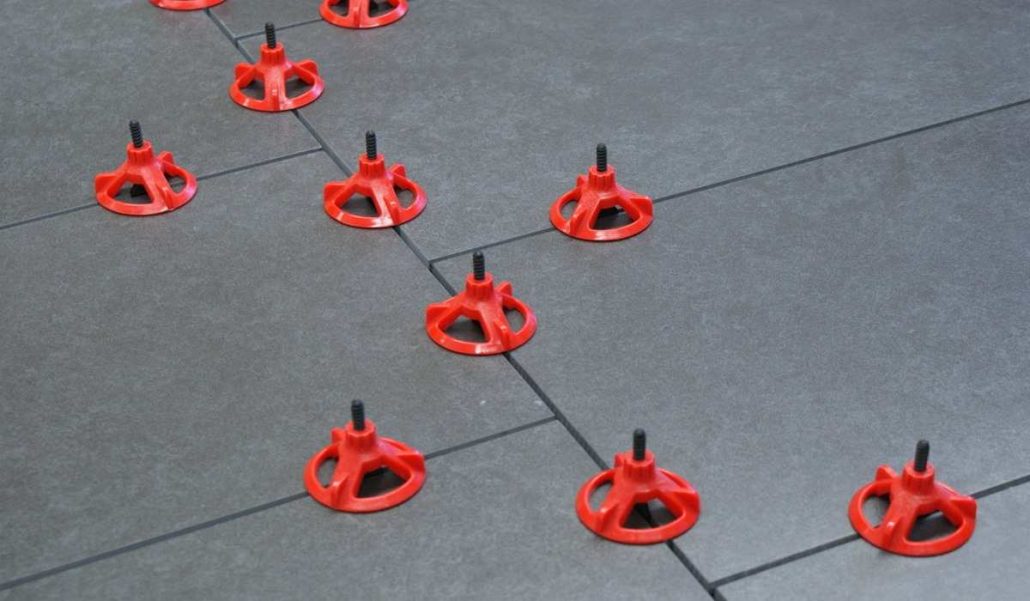The majority of homes have at least one surface that is covered in tile.
Tile, on the other hand, enables practically infinite design alternatives, which means that your customer may easily build decorative patterns that is all their own. You are going to gain knowledge about a wide range of popular tile designs, ranging from the more conventional to the more eccentric ones, as you read this article.
Although the phrases “herringbone” and “chevron” are sometimes used interchangeably, each of these names really refers to a separate pattern. Even yet, distinguishing one design from another could just require a few minute changes here and there.
Although both the herringbone and the chevron patterns are constructed from long, rectangular tile pieces that are arranged in a diagonal, V-shaped pattern, the tiles that make up the chevron pattern precisely fit together to create a “V,” whereas the tiles that make up the herringbone pattern do not.
The herringbone pattern is an extremely popular choice for the layout of tiles. When herringbone and chevron patterns were used to organize parquet flooring in Europe during the 17th and 18th centuries, this plan became popular there.
In the United States, the layout was not as popular until the 20th century.
The herringbone pattern is now one of the most popular tile designs, and it can be put everywhere, from the floor or wall of a bathroom or kitchen to the back of a shower or on the wall of a kitchen backsplash.
The rectilinear components of a chevron tile are arranged in a pattern that is shaped like a continuous V. The previous V is quite similar to the one that comes before it, which is why the outcome of merging many rows produces an entrancing zigzag pattern.

It has a modern appearance because of the geometric and crisp lines that make up the chevron design.
The pattern has the potential to make rooms appear larger, and it may also make ceilings appear taller, both of which are positives in settings where space is limited or where a bright and airy atmosphere is sought.
Tiles that are arranged in a chevron pattern down the length of a wall, such as in a shower, make great use of the space that is allotted to them, which results in the appearance of a wall that is longer than it actually is. The design of the chevron tile may be altered quite a bit, both in terms of color and the surface treatment that it has.
The word “subway” was initially displayed at New York City’s subway stations on a ceramic tile that was white and rectangular in shape at the beginning of the 20th century.
The architects of the station went with the glossy subway tiles as they are both very affordable and require very little maintenance.
This made their choice an obvious one. What was once a viable option for the construction of public space has evolved into a pattern that is common in the majority of houses and other types of structures.
Subway tile is a type of wall tile that is quite popular in usage today and may be seen in a range of locations, such as kitchens, bathrooms, fireplace surrounds, and mudrooms.
The glaze on it makes it simple to clean and ideal for areas that are prone to stains, such as the walls of the shower and the backsplashes in the kitchen; nevertheless, the high sheen and smooth surface make it inappropriate for use as flooring.
Tiles with a geometric pattern are striking and can come in a variety of shapes, including squares of triangular tiles, hexagonal tiles, diamond-shaped tiles, and even a combination of square and rhombus-shaped tiles to create the appearance of a cube.

Geometric tiles are a great way to add visual interest to a room. When using a diverse color palette, geometric designs can sometimes appear to have an organic quality.
Geometric tile patterns are an adaptable component that may be utilized in a variety of design applications, including as an accent wall, in the bathroom, on the floor, or even as a backsplash.
Because they provide an unusual and attractive alternative to the more conventional square or rectangular tiles used in bathrooms, hexagonal tiles are fairly popular for use as bathroom flooring. Despite their unique appearance, they nonetheless provide the essential grip when they are wet.
When you examine a stack of tiles, you will see that all of the edges are clean and straight, and the shapes are either rectangles or squares across the whole stack.
The layout is effective in both the landscape and the portrait orientations, giving a crisp and up-to-date appearance in each of these positions. It is possible to create the illusion of a longer wall by stacking tiles vertically, which is especially helpful in confined areas such as backsplashes.
In contrast to the stacked pattern, the straight lines in the offset pattern do not require the tiles right below them to be aligned in order for them to be considered correct.
Despite the fact that brick is most typically connected to the offset design, it is also frequently used for tile.
For example, subway tiles in New York City are often laid using offset or staggered tiles, which helps to ensure that they are easily distinguishable from one another. Because they may be used on walls or floors without sacrificing their attractive appearance, offset tiles are highly popular.

Pinwheel-shaped tiles are among the most eye-catching kinds of tiles there are. A pinwheel is constructed in the same way as a square pinwheel, with a smaller square in the center surrounded by bigger rectangular tiles.
In order to emphasize the striking contrast between the two colors, pinwheels are often constructed out of black and white tiles. In a pinwheel pattern, the white rectangular tiles are often unglazed, while the central black square is typically glazed to a high sheen.
This contrast creates an interesting visual effect. The contrast between light and shadow is brought to the reader’s attention through the use of a variety of surface treatments.
Although it is most commonly done in black and white, the pinwheel pattern is not limited to those color palettes and can be constructed using tiles made of ceramic, porcelain, glass, or even natural stone.
While it is most commonly done in black and white, it can also be done in other color combinations. Additionally, it looks wonderful in any color scheme you decide to use.
Diamonds can be stacked in a way that is visually appealing and distinctive from the standard square arrangement. The square tile, which was originally used, has been cut into a diamond shape and “stacked” on the diagonal rather than in the typical vertical position.

The dramatic impression that may be achieved by tilting floor tiles also has the effect of making spaces appear larger.
As with diagonals, the results you get from using diagonals might vary greatly depending on the size of the tile you utilize.
The focus that larger tiles, such as those used for flooring, may offer is beneficial to the appearance of smaller areas, such as kitchen backsplashes.
In limited areas such as bathroom accent walls and kitchen backsplashes, the stunning Arabesque pattern, which has little circular elements, truly stands out.
They create quite an effect when displayed in the form of a mosaic with a variety of colors. However, due to its unique pattern and delicate, curved grout lines, Arabesque can be difficult to maintain a clean appearance over time.
For instance, due to its propensity to absorb stains, this pattern is not a good choice for the wall of a bathroom shower.
Scale tiles have a highly unique design that consists of a succession of spherical tiles that are placed one on top of the other.
You may create anything from a gorgeous mosaic to an ombre effect by blending different colors and textures in successive layers (gradual shift in color).
Because it is impractical to utilize expensive materials and because it takes a large number of tiles, ceramic and porcelain tiles are frequently laid out in a pattern that resembles a scale.
Marble is not a material that should be used in design projects that include scale patterns because of the increased cost of the material.










Your comment submitted.